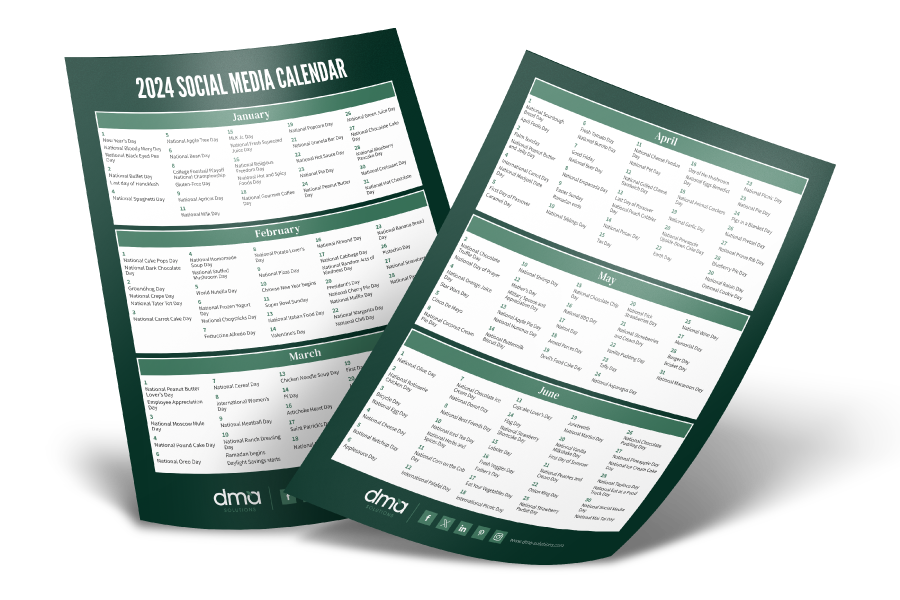Over the last twelve months, we’ve found ourselves getting back to basics from a marketing perspective. From educating shoppers on how to properly wash produce and how to cook at home, as well as re-learn some marketing practices of our own. In this post, we’ll be getting back to the basics on media pitching. Whether you’re completely new to pitching or a seasoned pro, it is always a good idea
What You Need To Know About Media Pitching
What is a Media Pitch?
“A media pitch is an attempt to get a journalist/editor or media outlet interested in your news so that they decide to cover it,” according to Prowly.
Think of a media pitch as a teaser rather than the full story. Instead of sending editors a press release or news story, you’re giving them just enough to be interested for more. Noting that editors receive thousands of emails and media pitches per day, the goal of your pitch is to catch their attention. Whether it’s a noticeable subject line or a grabby hook at the beginning of your pitch, spend time brainstorming how to make your pitch stand out amongst the rest.
What is a Media List?
“A media list (also sometimes called a press list or media contact list) is a document with a list of media contacts: journalists, reporters, media influencers, bloggers, and more,” according to Prowly.
Before you begin drafting your pitch, it’s a good idea to know who you’ll be pitching to. We recommend creating a media list of targeted editors you’ll want to pitch. Where would you like your story featured? Start there! If you’re interested in Bon Appetit or Food & Wine, scan their websites or magazines for editors who write similar content to what you’re pitching. At DMA, we also use tools like Cision to help us target editors and their contact information. Of course, tailoring each pitch to the specific editor is the best way to ensure results. Noting a specific article the editor wrote recently or tailoring your pitch to fit the format in which they write (i.e. if they write “how-to” articles, altering your pitch to include more helpful tips) will lead to more successful results.
What is “Long Lead” Media?
“Long lead outlets are primarily print magazines and those reporters are usually working on stories anywhere from 3-6 months in advance,” according to Indra Public Relations.
If you’ve heard us refer to short and long-lead pitches at DMA, we’re referring to the amount of lead-time an editor would need to publish a story. With long-lead pitches, editors are typically working three to six months in advance on print editorial. So while it may feel funny sending a summer entertaining post in the cold of winter, if you’re pitching the correct editors, you’ll be spot on and providing value to what they’re currently writing.
What is “Short Lead” Media?
“Short lead outlets are daily/weekly newspapers & magazines, blogs, and news websites that do not require pitching that far in advance,” according to Indra Public Relations.
Short-lead pitches refer to digital and online stories that can quickly be written and published. Depending on the event or topic, some editors may only need a week to publish a story, while others may require at least one month. For example, stories that will have a strong amount of coverage, like Thanksgiving food roundups, will require you getting a head start and distributing your pitch sooner than later. Other topics like national guacamole day or something similar, won’t require as much lead-time.
While we plan out our short-lead pitches to hit before certain holidays or events, these types of pitches are also valuable for trends or opportunities that may come up throughout the year.
What is a Product Request?
This simply refers to an editor responding to a pitch and requesting products to sample for potential coverage.
If you’ve ever worked with the public relations team at DMA, you know that the term “product request” is music to our ears. While it isn’t a guarantee that the editor will feature the product, it tells us that our pitch was compelling enough to cut through the clutter and that your product will be considered for editorial coverage. Product requests are also a great foot-in-the-door for building a relationship with an editor. If an editor recognizes your name when it pops up in their inbox, you’re much more likely to receive a response.
What is a Media Meeting?
When we talk about media meetings, we’re referring to a meeting set with a writer, producer, or editor to discuss your brand or product in person, typically either at the interviewer’s office or at a nearby neutral location, like a coffee shop.
Pre-COVID, we would plan months and months ahead of time for media meetings. We would plan travel to NYC, where the majority of publications and editors reside, or we would plan for editors to travel to our clients’ fields and growing regions to see the process and products first-hand. While these meetings are ideal, they aren’t always readily accessible, whether for budget reasons or travel limitations. We’ve been able to take advantage of Zoom and other resources to still manage to put our clients in front of top-tier editors. Being able to introduce your product and company “face-to-face” with editors is an invaluable experience.
Our team of public relations experts are ready to help you better reach your media goals in 2021 and beyond. Schedule a discovery meeting to learn more!
{{cta(‘c51e313a-a875-4361-bbd3-bea78a505011’)}}












